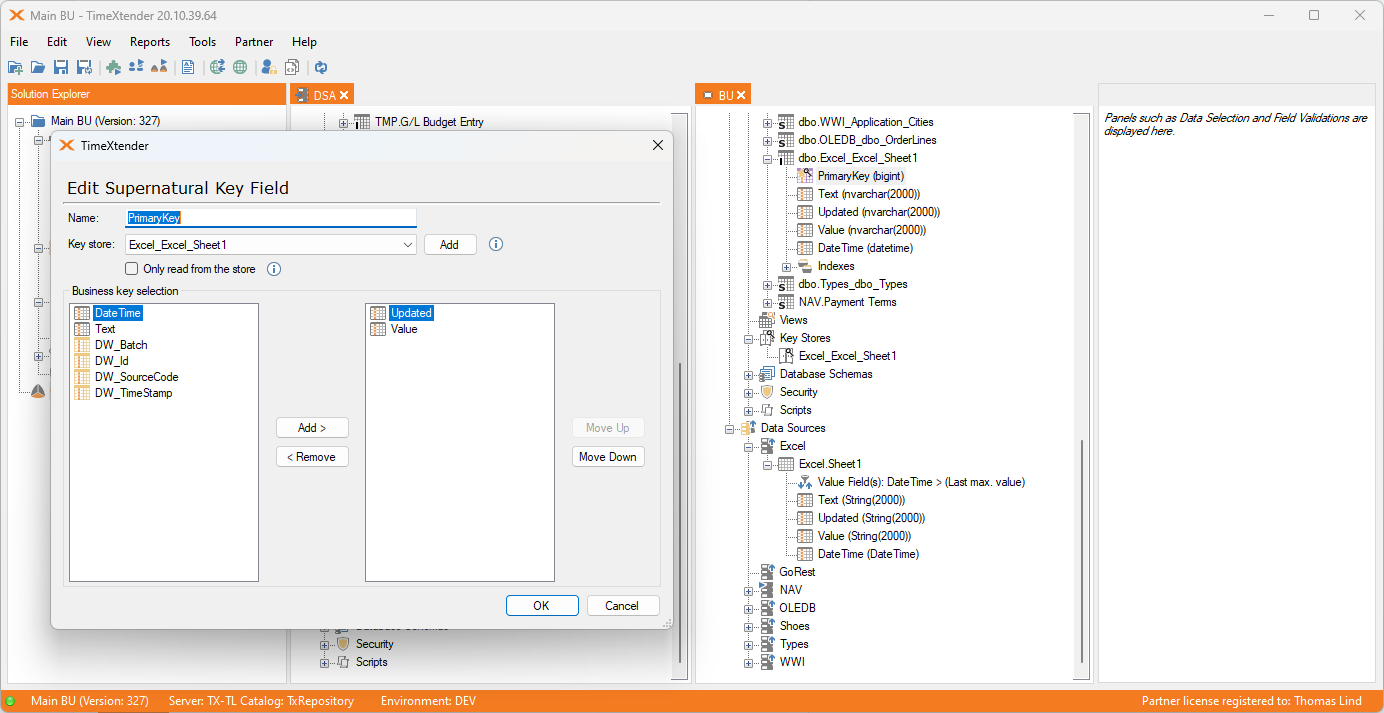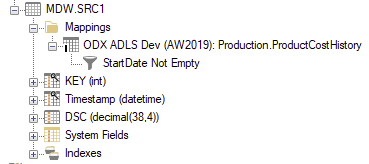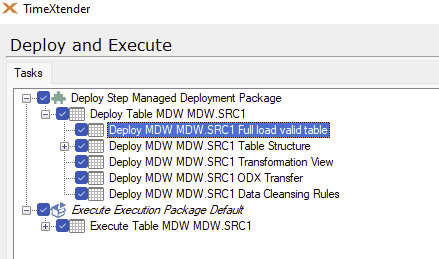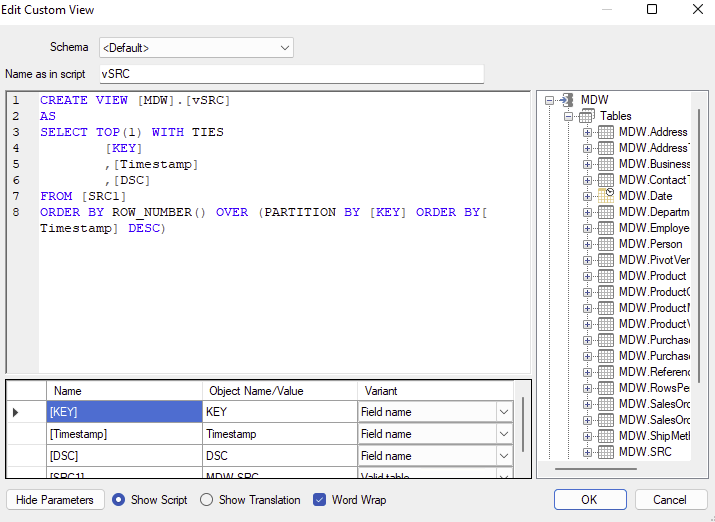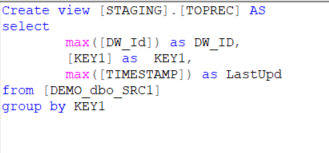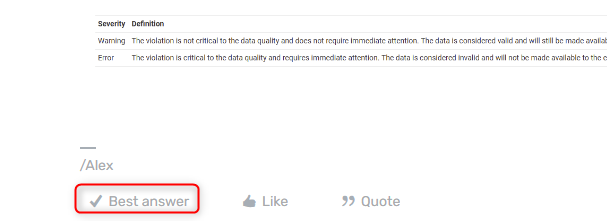I have a transaction table in odx with the following fields (simplified)
- Key,Value, transactiondate
Example
100, V100, 2023-01-01
100, V100A,2023-01-31 09
100, V100B,2023-01-31 10
Each day there are multiple transactions added , of course with another transaction date.
Note in the example I have only shown the date part (not hours, minutes, seconds)
What I need is a table with the latest update in DSA
I created the same table. Set primary key to KEY and added an incremental selection rule on transactiondate . Added history settings to update the Value and transaction date based on the key
Where it goes wrong is if we get in one day multiple transactions
100, V100A,2023-01-31 09
100, V100B,2023-01-31 10
I traced down the cleansing procedure and Tx detects that there are twice the same key. So far so good.
Next it puts the ID of the latest transcation into <table>_L and only processes the ID’s that ar not in <table>_L
The result is that I get 100, V100A,2023-01-31 09 which is incorrect !
Looks like every run can only process one Key update !!!
What is the solution ?
BTW I am using old school TimeXtrender without the hub




